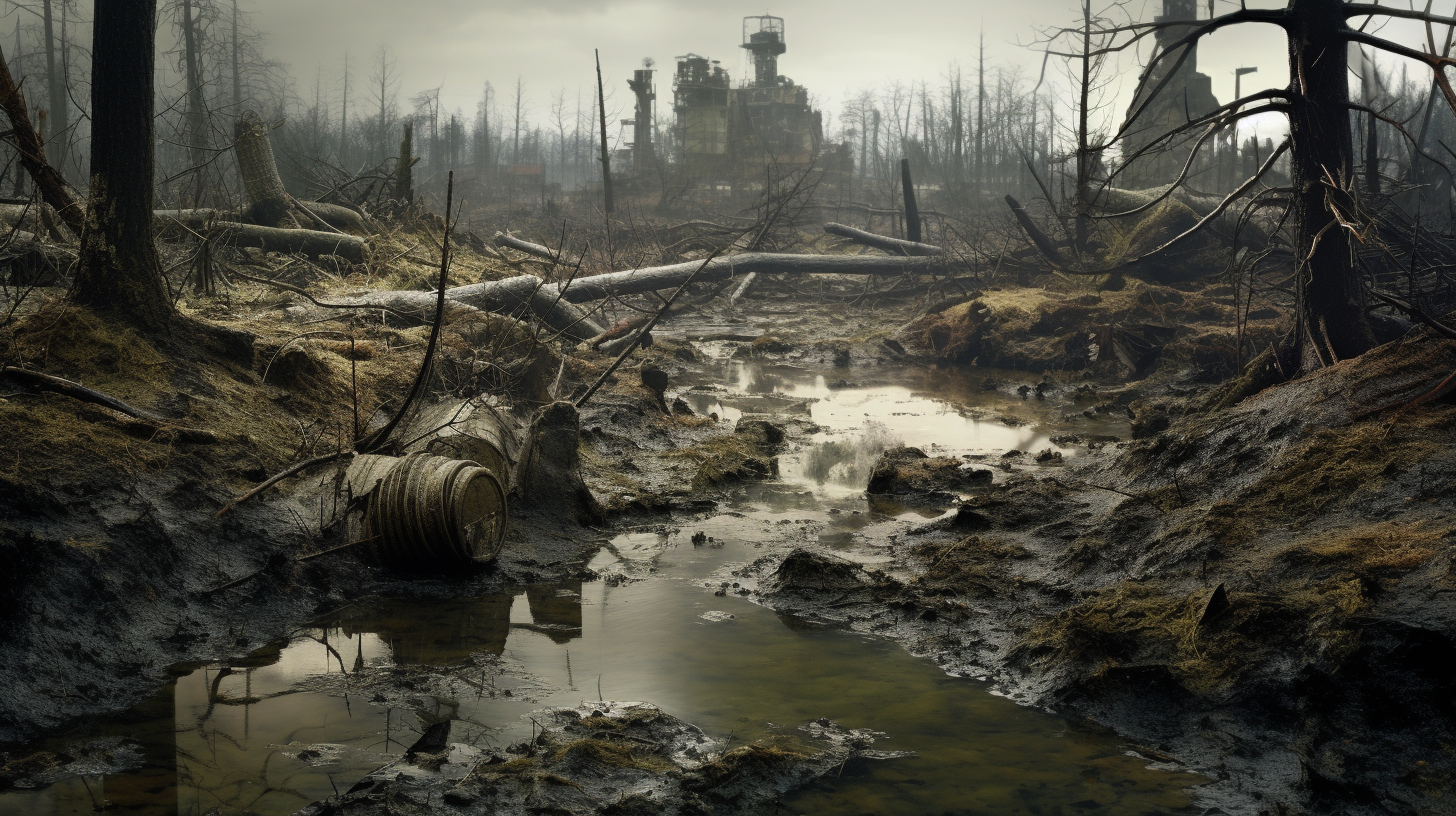The skies have long been telltales of impending change, often whispering the secrets of the weather to come. But now, they narrate a much grimmer story, one of our own making – the tragedy of acid rain, a silent but caustic reminder of environmental neglect. In the wake of our industrial might, we’ve turned precipitation against us, each drop an indictment of our disregard for nature’s delicate balance.
Acid rain, a term as corrosive as the phenomenon itself, refers to any form of precipitation with elevated levels of hydrogen ions (low pH), which harms ecosystems, corrodes infrastructures, and casts a shadow over our future. It’s not just rain – snow, fog, and even dust can carry the acidic curse. At the heart of this issue are potent compounds like sulfur dioxide (SO2) and nitrogen oxides (NOx), byproducts of our relentless fossil fuel consumption and industria activities. In the heavens above, these pollutants commingle with water vapor, resulting in this nefarious precipitation.
This world, once vibrant with life and color, now watches apprehensively as acid rain pits the very fabric of existence. Forests stand silent, their grandeur stripped away by relentless chemical onslaughts. Waters sour, with lakes and streams growing inhospitable to aquatic life. Buildings and cultural monuments, legacies of our past ingenuity, deteriorate under the unending acidic assault.
But the ramifications of acid rain extend far beyond visible decay. Its clandestine reach impacts soil health, stripping away essential nutrients and leaching toxic metals, which in turn finds their way into our aggressive bodies. The danger spirals, magnified, as these toxins enter the food chain, imperiling not only wildlife but human health as well.
The conversation often turns to the plight of the boreal forests, vast green expanses turning russet as they succumb to the acid’s kiss. Scientists warn of the cascading consequences on biodiversity and climate regulation, consequences we once could have mitigated. Our inaction has fostered a world where such mitigation is now the lore of fantasy – in this dystopia, prevention is a tale from a bygone era, leaving adaptation as the sole, tragic recourse.
The story is starkly different from the narrative we painted just a day prior, focused on the ocean’s acidification. Both tales, woven from the same doom-laden fabric, depict scenes where nature’s elements turn against us – water, whether cradling our continents or falling from our skies, now bears the sour signature of humanity’s ecological trespasses.
In the face of these adversities, hope would be a masquerade. Indeed, it would take a revolution of environmental consciousness to make amends, an uprising we, unfortunately, are too late to attend. Our path forward, if one still remains, is through recollection and reflection – understanding the past to endure the present.
Actions can still be taken – albeit in a role less of heroes and more of palliative caretakers. Limiting emissions, though an action we mockingly delayed, remains a gesture to again slow the inevitable decay. But as the skies weep their acidic tears, drowning out the last echoes of a once harmonic symphony, we find ourselves entrapped in this orchestration of rebuke, an ensemble amassed of sour notes and fading dreams.
